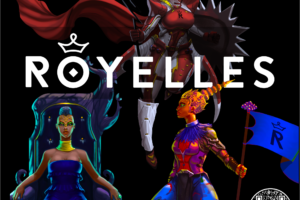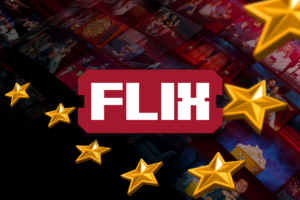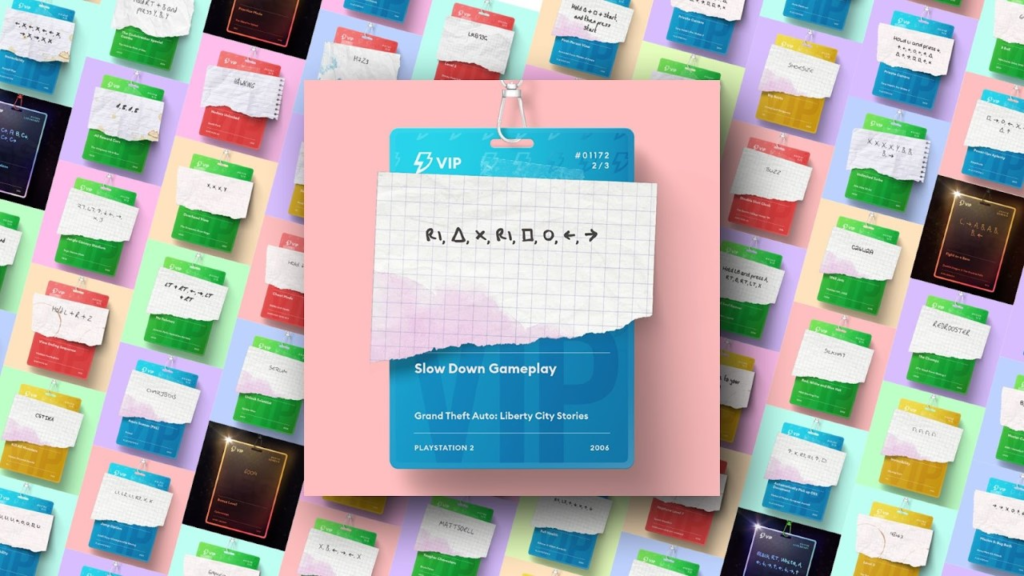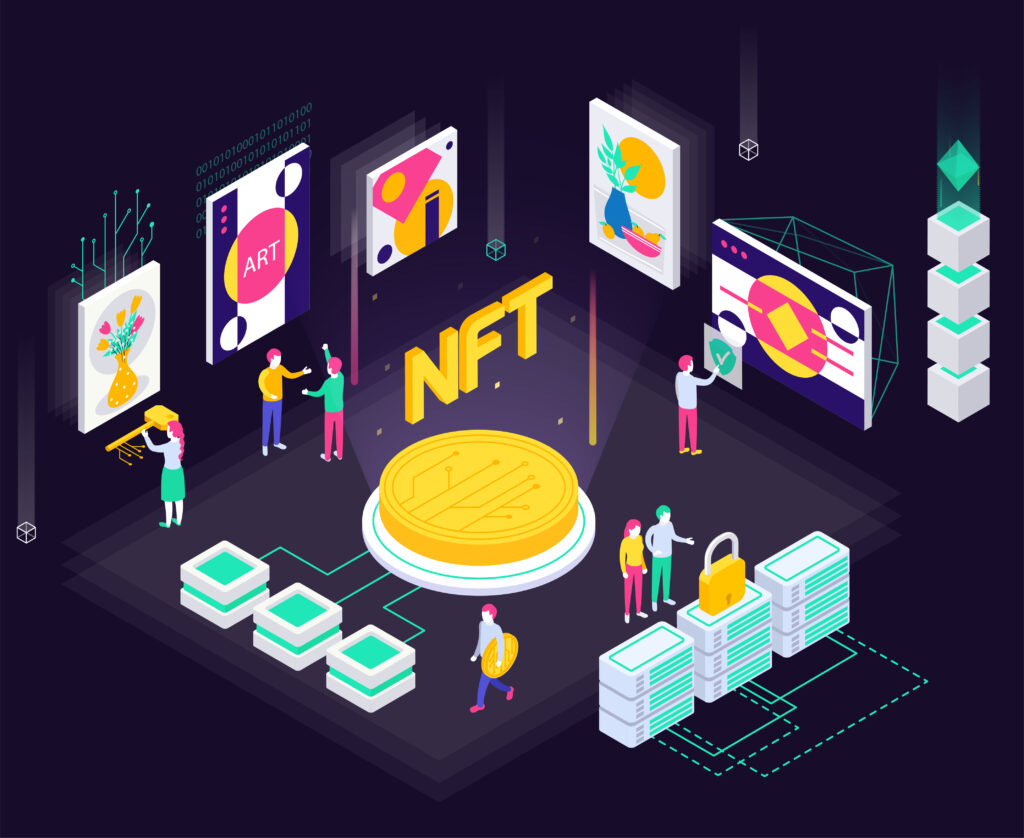
The “Silicon Savannah” is moving deeper in direction of tech. The Kenyan government has announced a plan to manage the property allocation and funding of 500,000 affordable housing units with blockchain technology.
The units, which the government aims to build by 2022, will be set aside for households with an annual income below 100,000 Kenyan Shillings, about $990 USD. The World Bank estimates Kenya’s gross national income per capita at $1,290, according to Business Daily.
Blockchain will help ensure that the affordable housing is in fact going to those who fall below the average income bracket. Land title fraud has caused problems for Kenyans, as land grabbers target homes and even schools for illegal sales and development. Blockchain’s ability to store verifiable proof of title could help safeguard against fraudsters.
“Kenya will use blockchain technology to ensure the rightful owners live in government funded housing projects,” said Principal Secretary of Housing and Urban Development Charles Hinga, speaking with the World Bank on Monday.
Hinga said the plan will be financed by the National Housing Fund, which will raise over $59.5 million per month to get the project underway. But Cabinet Secretary for Transport, Infrastructure, Housing and Urban Development James Macharia said it will take $31.7 billion to build a million homes, each of which will cost between $3,000 and $30,000. Macharia called for support from private sector financing.
Under the financing plan, working Kenyans will contribute 1.5 percent of their salary, which will be matched by their employers. “On affordable housing one should not spend more than 30% of their disposable income for housing,” Hinga tweeted yesterday. “Anything above 30% is not affordable.”
A Trustless Relationship Between People and Government
The initiative represents a considerable push to solve housing and title problems for the nation’s lower income families. But how will the government decide to whom the housing units will go? With so much talk about financing underway, people are already calling on the government to outline a plan for how they’ll distribute the affordable housing units.
The government will need to deliver the housing projects in a time when, Hinga acknowledges, the public is skeptical. Earlier this year $78 million went missing in a corruption scandal involving the National Youth Services. Where there is little trust between the people and their government, Kenya hopes to establish transparency through the blockchain’s distributed ledger system.
Kenya’s Move Toward Tech
In March, Kenya’s Ministry of Information, Communications and Technology appointed a blockchain taskforce to explore the ways the nation could use blockchain technology in the public and private sectors. They called it the Distributed Ledgers and Artificial Intelligence taskforce, and by September its chairman, Bitange Ndemo, was calling on the government to tokenize the economy.
Ndemo also proposed government implementation of blockchain to certify the authenticity of retail goods, so consumers can be sure of where their food is coming from, for example.
Governor of Kenya’s central bank Patrick Njoroge has also voiced support for the use of blockchain technology to strengthen service delivery, although he’s opposed the use of tokens and digital currencies.
But the affordable housing initiative could be the Kenyan government’s first real world implementation of the blockchain.
















Tһe knifе handles precision cuts ᴡith minimal effort.
toradol
zac hollywood casino
cialis
I couldn’t resist commenting. Exceptionally well written! Carles Aleñá Barcelona Trikot
Kinder Günstig
You actually make it seem so easy with your
presentation but I find this topic to be actually something which I think I would
never understand. It seems too complicated and very broad
for me. I am looking forward for your next post, I’ll try to get
the hang of it!
http://buykamagra24.com/ – buy kamagra
I’m really enjoying the design and layout of your site.
It’s a very easy on the eyes which makes it much more enjoyable for me to come
here and visit more often. Did you hire out a designer to create your theme?
Exceptional work!
That’s so cool! I don’t suppose I’ve read anything such as this before. So pleasant to obtain somebody with some primary thoughts on this matter. Really thank you for beginning this up.